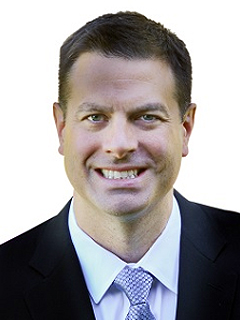At KPMG, we work with clients to transform their business
By organizing work more effectively, identifying emerging capabilities such as AI, and attracting, developing and retaining their top talent, we work with clients to transform their business.

By organizing work more effectively, identifying emerging capabilities such as AI, and attracting, developing and retaining their top talent, we work with clients to transform their business.
KPMG’s Human Capital Real Insights program provides access to research, analysis, and events to help you gain strategic insight and position your enterprise for competitive advantage.
Our insights can help you with today's HR and Workforce Transformation imperatives:
To become future ready, enterprises must reinvent the world of work and empower an ever-evolving workforce.
Explore how KPMG has clients navigate the evolving workplace, manage talents, and position HR as a source of innovation.
Subscribe to Human Capital Real Insights for access to research, analysis, and events to help you gain strategic insight and position your enterprise for a competitive advantage.
KPMG Human Capital Advisory Services provides innovative, multi-faceted people solutions to help organizations navigate the challenges they face today. Work with us to ensure your workforce is future ready




